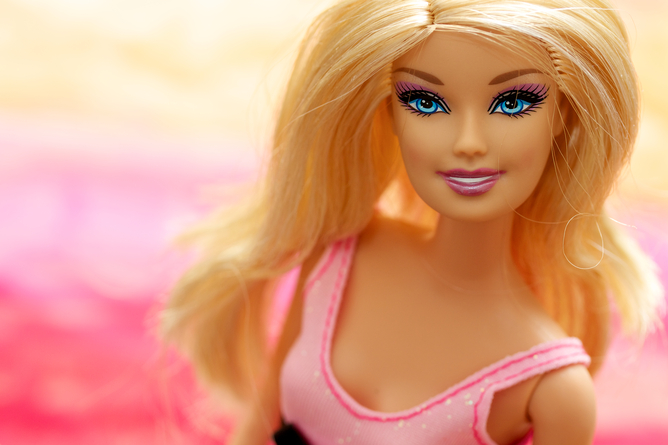Are you a bad feminist if you allow your daughter the pleasure of playing with a frilly doll? That’s the question recently asked by Amanda Dunn, columnist for The Age.
At first, it may seem like a bit of a conundrum. Children’s toys are increasingly gendered and many parents don’t want to pigeonhole their daughters as pretty pink princesses.(No thanks to Disney’s Princess Elsa). The real worry is that some toys are reinforcing the idea that a woman’s most valuable asset is her physical appearance — and they’re spreading this myth to girls at an earlier age than ever. So, it makes sense that parents are worried about exposing their children to these stereotypes.
On the other hand, what if your daughter genuinely likes playing with girlie dolls? Are we supposed to tell our daughters they can’t play with them, or take a way toys they enjoy? What if this is really how your daughter expresses her gender? Certainly, we don’t want to make our girls feel like there’s anything wrong with that. We just don’t want them to believe that their value as people is dependent upon their looks.
It seems like the answer is to allow girls to play with dolls if that’s what they gravitate toward, but to also encourage them to play with non-gendered toys and “boy toys,” as well. We shouldn’t forbid them from playing with girlie toys, but we shouldn’t make them feel like they can only play with those toys, either. Allow them to explore all kinds of play, and find what they enjoy most. And, when buying dolls, try to go for dolls like Lammily, the realistic Barbie, or Tree Change Dolls, the made-under Bratz. We may not be able to change the what children like, but we can give them a more realistic representation of gender.


